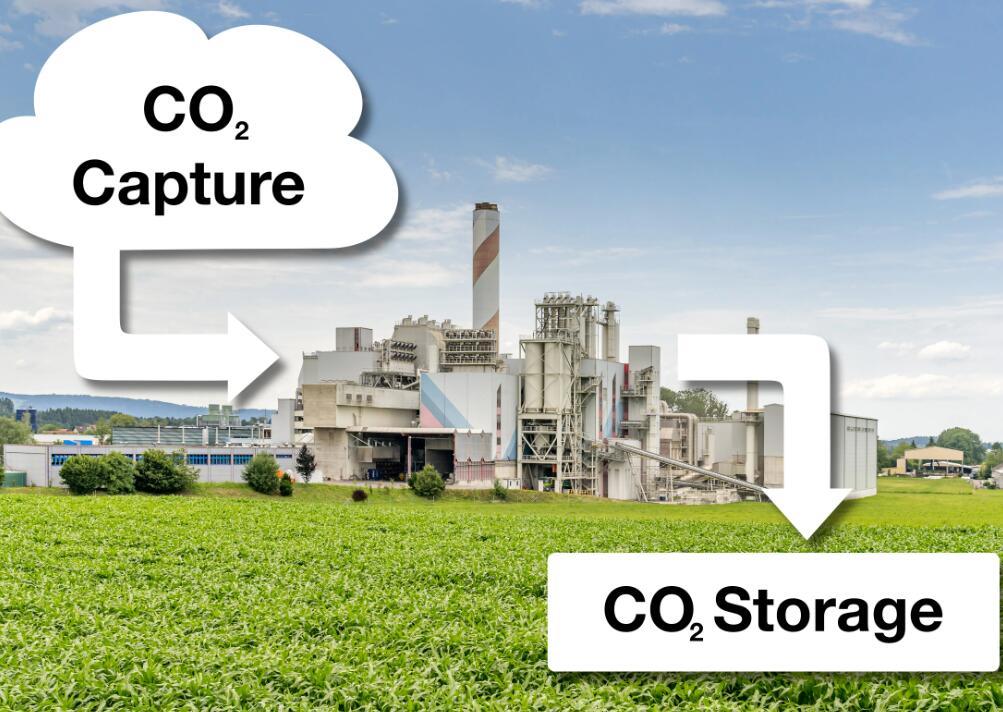

New research from SINTEF Energy Research (SINTEF) and Delft University of Technology (DUT) has revealed that the implementation of carbon capture and storage (CCS) in industrial facilities can result in ‘significant’ carbon dioxide (CO2) reductions at a cost much lower than expected.

Authored by a team of scientists from SINTEF and DUT, the paper, entitled ‘Is CCS really so expensive? An analysis of cascading costs and CO2 emission reduction of industrial CCS implementation on the construction of a bridge’ explores how CCS implementation in steel and cement production would have impacted the cost of the Lake Pontchartrain Causeway bridge in Louisiana, US.
Undertaken in conjunction with the Norwegian CCS Research Centre (NCCS), the study examined the impact of CCS implementation on the end user, which was found to be ‘cheap and impactful’ when compared with CCS implementation on industrial plants.
This difference is due to end-users mainly purchasing finished products such as houses or bridges rather than the raw material used to create them, such as cement or steel – the production of which contributes to around 15% of global CO2 emissions.
The research revealed that CCS initially resulted in a cost increase of 60% for cement and 13% for hot-rolled coil (HRC) steel but – due to these raw materials composing ‘only a part’ of the bridge construction cost – the overall cost increase due to CCS would be approximately 1%.
“Cement and steel represent, in fact, only a small fraction of the total cost of building a bridge,” commented SINTEF researcher Simon Roussanaly. “And therefore, their impact is not as significant as it is perceived to be when you look solely at a cement and steel plant.”
According to the study, by implementing CCS into the Lake Pontchartrain Causeway bridge, CO2 emissions during its construction could have been reduced by 51% for just a 1% increase in cost, which itself the researchers suggest could be covered by a ‘slight increase’ in the tolls paid by the road user to access the bridge.
Emphasising the necessity of applying an ‘holistic’ approach with CCS cost assessment, Nils Røkke, Executive Vice President for Sustainability at SINTEF, added, “This should encourage infrastructure developers and public purchasers to request low-emission materials in tenders and use this as a baseline for other environmental performance of new builds.”
The researchers explained that the study results could illustrate how cities and governments could use public procurement of low-carbon materials to achieve 2030 climate goals.
Transforming power systems
Considered ‘increasingly important’ by the International Energy Agency (IEA) in its Sustainable Development Scenario, carbon capture technologies could also be necessary to support the transformation of global power systems.
Previous analysis by the agency showed that if the availability of CO2 storage was limited across the global energy system, the marginal abatement costs in the power sector would increase from around $250/tCO2 (per tonne of CO2) in 2060 in a low carbon pathway to $450/tCO2.
By 2040, the IEA predicts that 315GW (gigawatt) of electricity generation capacity is equipped with carbon capture, utilisation and storage (CCUS), equivalent of adding retrofit and new-build CCUS capacity of around 15GW per year on average over the next two decades.